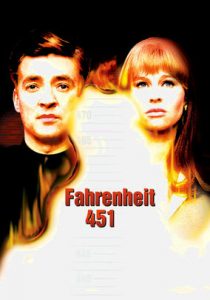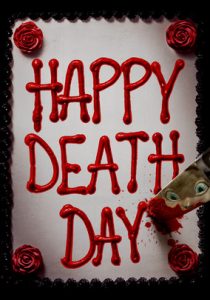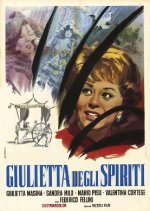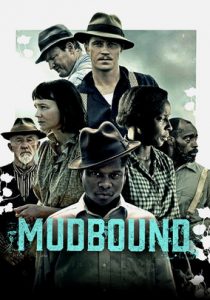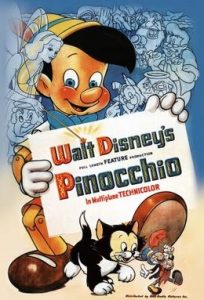The Florida Project-2017
Director-Sean Baker
Starring-Willem Dafoe, Brooklynn Prince
Scott’s Review #730
Reviewed February 28, 2017
Grade: A
Incorporating a realism and authenticity rarely found in mainstream films, the 2017 independent drama film, The Florida Project, offers the viewer a glimpse into the underbelly of society, largely from a child’s perspective, as we meet a group of poverty-stricken folks residing in a crummy hotel outside of Disney World.
Shot almost entirely on location, the film is humorous, dramatic, pathetic, and compelling and also a must-see. The balance between a child’s carefree outlook and the real-life adult reality is key.
Director Sean Baker, famous for the ground-breaking and brilliant transgender-themed indie from 2015, does it again with a gritty flavored location shot feast of a story involving the welfare-stricken, prostitute-laden Floridians holing up at a cheap motel.
The plot follows six-year-old Moonee, played by Brooklynn Prince, as she and her problem-prone mother, Halley (Bria Vinaite), attempt to avoid trouble and the police. They wile away the hot summer months, pandering and stealing from tourists as Halley dabbles in prostitution after failing to get a job at a nearby Waffle House.
In addition to Moonee and Halley, other prominent characters rounding out the hotel community are Bobby Hicks (Willem Dafoe), who manages the Magic Castle Motel, and is the father figure and voice of reason to the others, Ashley, Halley’s friend, Jancey, and Scooty, friends of Moonee’s.
The group holds a special bond since they are all barely existing on limited funds in a world laden with drugs, violence, and various unsavory characters.
With initial thoughts of an R-rated Little Rascals, the early scenes involve only the children as they create juvenile pranks including car spitting, bed jumping, and more serious mischief like setting fire to abandoned condos.
To my knowledge all non-actors, the child scenes are truly brilliant and enough praise cannot go to little Brooklynn Prince the sweet, yet precocious six-year-old central child character.
The film’s final scene involving this treasured little girl is both heart-wrenching and poignant, as the scene is fraught with raw emotion on the part of Prince.
Dafoe is brilliant in the role of Bobby and the actor chooses a character he does not often play. Frequently playing villains, he truly shines as the heart of a gold man attempting to keep things together in a bad world.
On the lookout for child predators and the police, he watches out for the kids, as he sadly knows their lives will only get worse as they grow into teenagers and adults, sure to experience misery or tragic lives.
The most successful and riveting component of The Florida Project is the honest portrayal of the characters and the gritty, realism the viewer experiences. The fact that Baker shot the film entirely on location is immeasurable and key to the story.
In a slice of life way, we are brought into this world for the duration of the film and learn the inner workings of the hotel, the streets, and the hotel parking lots. We live the lives of the characters and feel their struggles, their small triumphs, and most importantly empathize with their hopelessness- they are basically stuck, with little hope of finding a better life.
To avoid a complete downer of a film, Baker incorporates a few humorous moments-mainly the light and fun scenes between Halley and Moonee. As they dance around in their hotel room or outside on the hotel lawn as an unexpected downpour erupts, the close bond between mother and child is apparent.
The boisterous trio of kids also breaks up the monotonous adult tension of the other characters as they frolic and play without a care in the world.
The adults versus kids outlook are apparent.
Surely one of the best films of 2017, The Florida Project instills a look at a forgotten and depressing part of the American population and provides a sobering reality of the world in modern times.
With the Trump era in full swing, the release of this film is at a timely point in American history and gives a sobering look at the United States in general.
Oscar Nominations: Best Supporting Actor-Willem Dafoe
Independent Spirit Award Nominations: Best Feature, Best Director-Sean Baker


